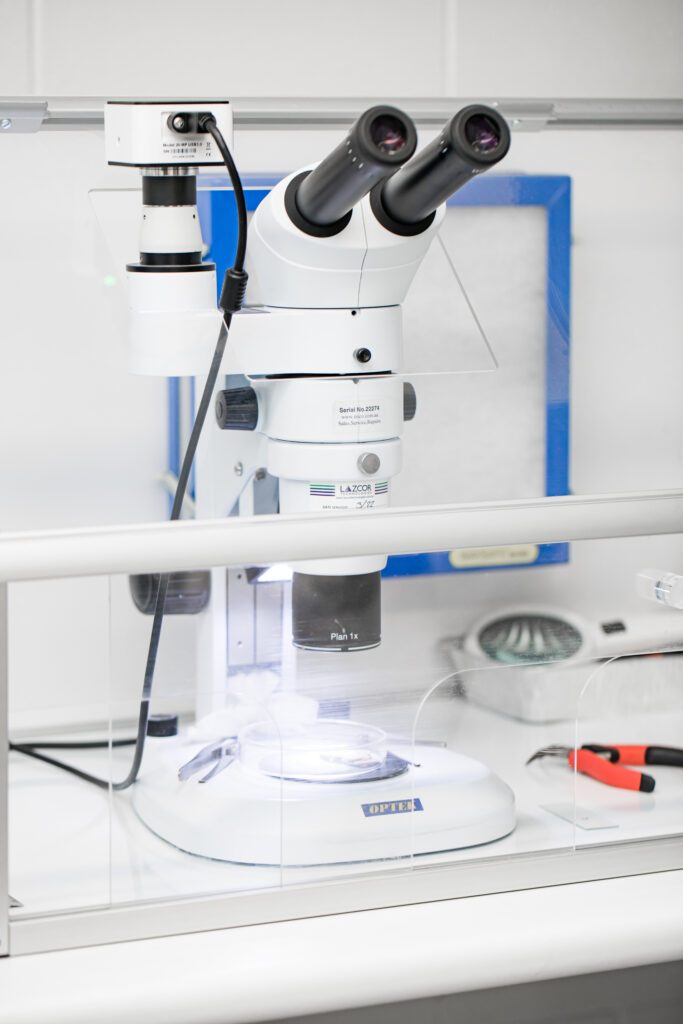Asbestos Testing Services
Contact us for reliable NATA-accredited asbestos testing in Sydney. Ensure compliance with comprehensive testing and analysis.
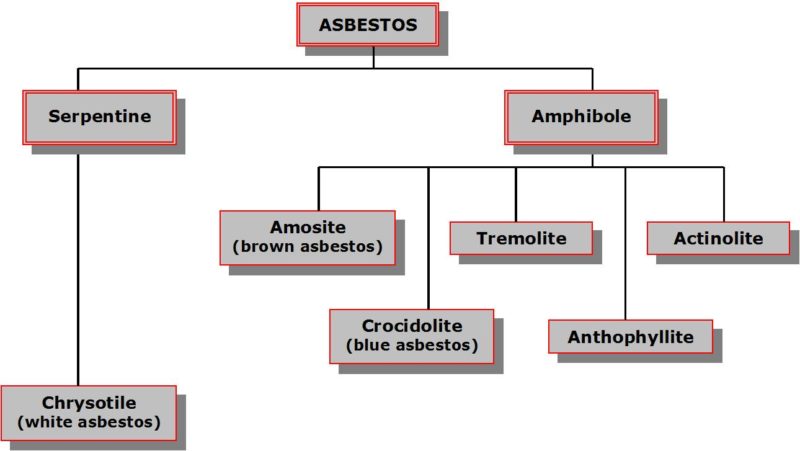
Asbestos Testing & Asbestos Sampling Requirements
The Work Health & Safety Regulation requires identification and sampling of asbestos containing materials be undertaken by a competent person. Asbestos testing must be undertaken by a NATA accredited laboratory.
Asbestos Identification & Asbestos Testing
The WHS Regulation requires a person with management or control of a workplace to ensure asbestos or ACM at the workplace is identified by a competent person.
A competent person is defined by the WHS Regulation to be someone who has acquired knowledge and skills to carry out the task through training, a qualification or experience. This may mean that the competent person who can identify asbestos is:
- Trained to handle and take asbestos samples
- Have the knowledge and experience to identify suspected asbestos and be able to determine risk and controls measures
- Familiar with building and construction practices to determine where asbestos is likely to be present
- Able to determine that material may be friable or non-friable asbestos and evaluate its condition.
The WHS Regulation state that persons who may be considered to be competent in the identification of asbestos include:
- Occupational hygienists who have experience with asbestos
- Licensed asbestos assessors
- Asbestos removal supervisors
- Individuals who have a statement of attainment in the unit competency for asbestos assessors
- A person working for an organisation accredited by NATA under AS/NZS ISO/IEC 17020:2000 General criteria for the operation of various types of bodies performing inspection for surveying asbestos.
The WHS Regulation provides that a person with management or control of a workplace may identify asbestos or ACM by arranging for a sample of material at the workplace to be analysed for the presence of asbestos or ACM. A sample must only be analysed by:
- a NATA-accredited laboratory accredited for the relevant test method
- a laboratory approved by the regulator
- or a laboratory operated by the regulator.
Health Safety Consultants has a team of asbestos consultants including certified occupational hygienists and licensed asbestos assessors who are experts in the field of asbestos consulting and can assist you in all your asbestos identification and testing requirements.
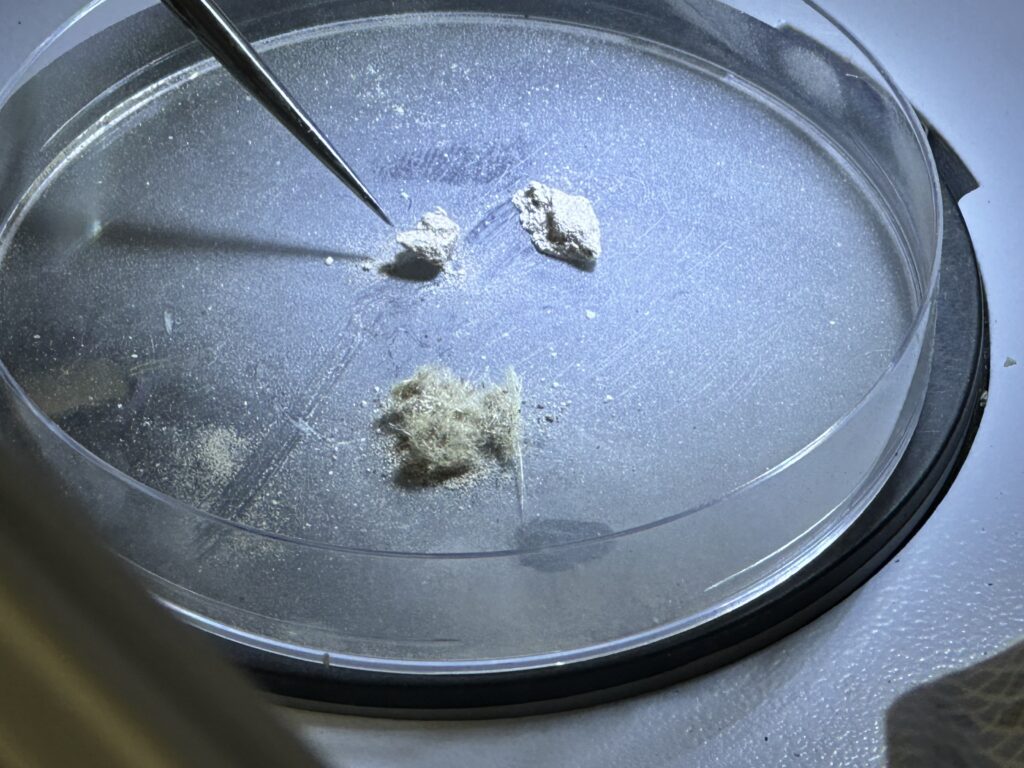
Correctly Sampling and Testing Asbestos & Asbestos Containing Materials
It can be difficult to tell whether a material contains asbestos by looking at it. Material imported from overseas, may not be labelled as containing asbestos or it may only be labelled if the materials contain more than 10% asbestos. A sample should be taken and analysed unless the decision was made to assume it is asbestos.
Only a competent person should take the samples for analysis because of the increased health risk of fibres being released during the process. If the sampling process is conducted incorrectly, it can be more hazardous than leaving the material alone. All asbestos samples must be analysed by a NATA-accredited laboratory or one that is approved or operated by the relevant regulator.
Any sample taken should be sealed within a container, or a 200 µm polythene bag, and appropriately labelled. Once the results of the sampling are known, the person with management or control of the workplace must ensure the asbestos register is updated to indicate that the material is asbestos or is assumed to be. If asbestos is stable and in good condition, non-friable and will not be disturbed, it should be left alone. Only damaged material or will be disturbed should be sampled. If the material may contain asbestos and it is decided not to take samples, an assumption must be made that the material contains asbestos.
What is the Main Purpose of Asbestos Testing?
Asbestos testing is required to determine the type of asbestos in the material sample. There are three asbestos types used in manufacturing asbestos containing materials. These include:
- Chrysotile asbestos (white asbestos)
- Amosite asbestos (brown asbestos)
- Crocidolite asbestos (blue asbestos).
A material containing asbestos may contain one or more of the asbestos types and this would be stated in the NATA accredited test report.
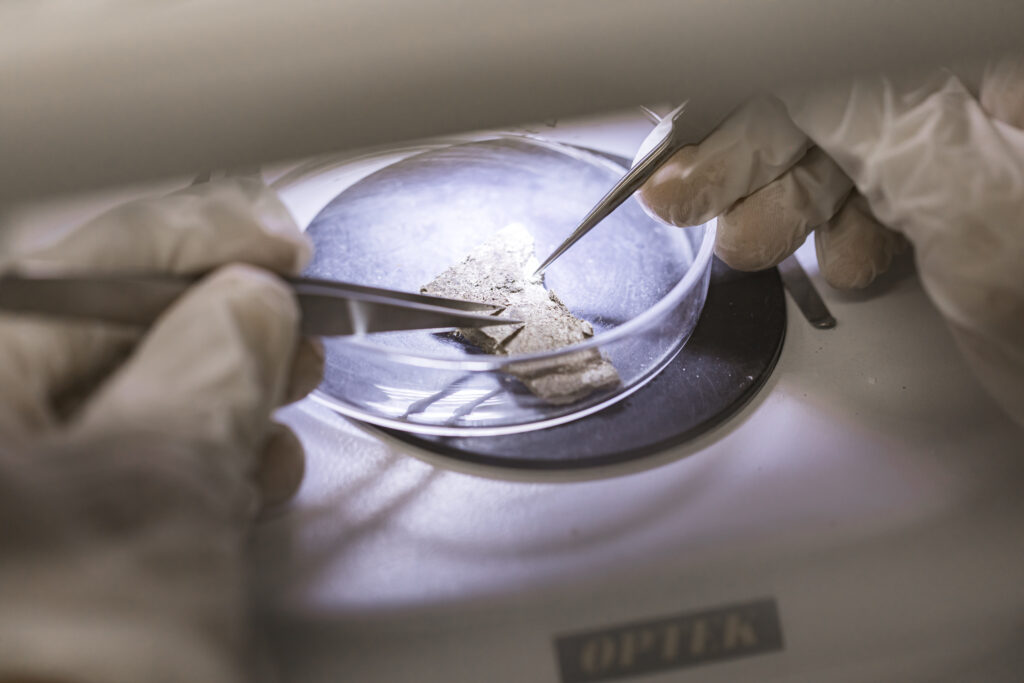
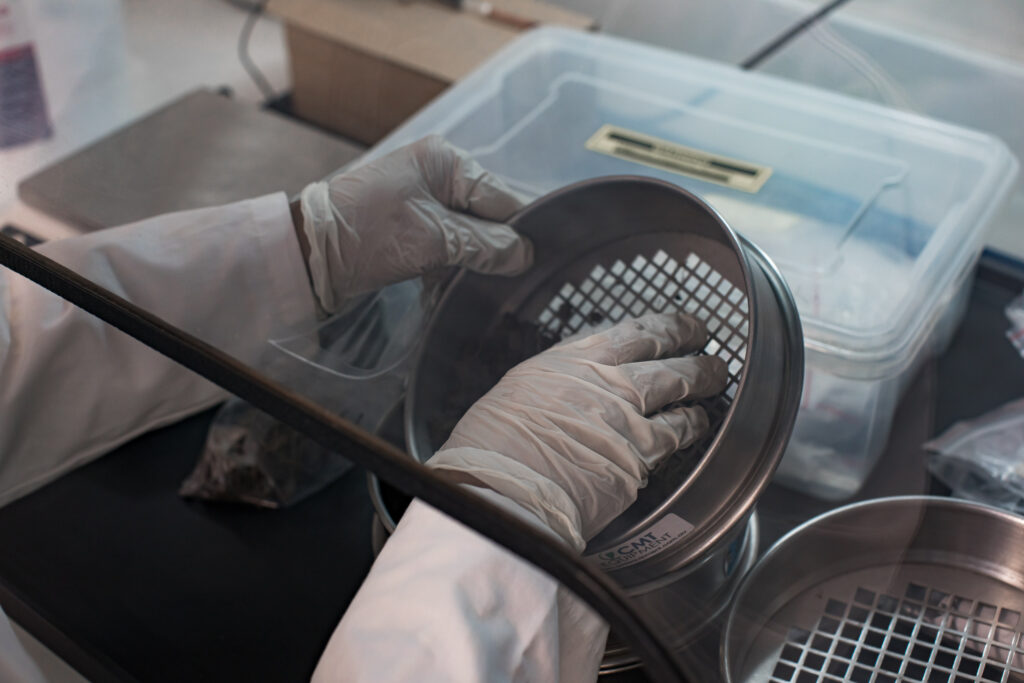
What Methods are Used for Asbestos Testing?
Asbestos testing must be undertaken in accordance with Australia Standard AS4964-2004 Method for the qualitative identification of asbestos in bulk samples.
Other Asbestos Testing and Analysis Methods for asbestos fibre identification include:
- Energy Dispersive X-ray Spectrometer microanalysis (EDS)
- Scanning Electron Microscope (SEM)
- Transmission Electron Microscope (TEM).
Booking Asbestos Testing Services
We can assist you with any aspect of asbestos sampling and asbestos testing to resolve any concerns regarding suspected asbestos containing materials and to meet your obligations in the workplace.
